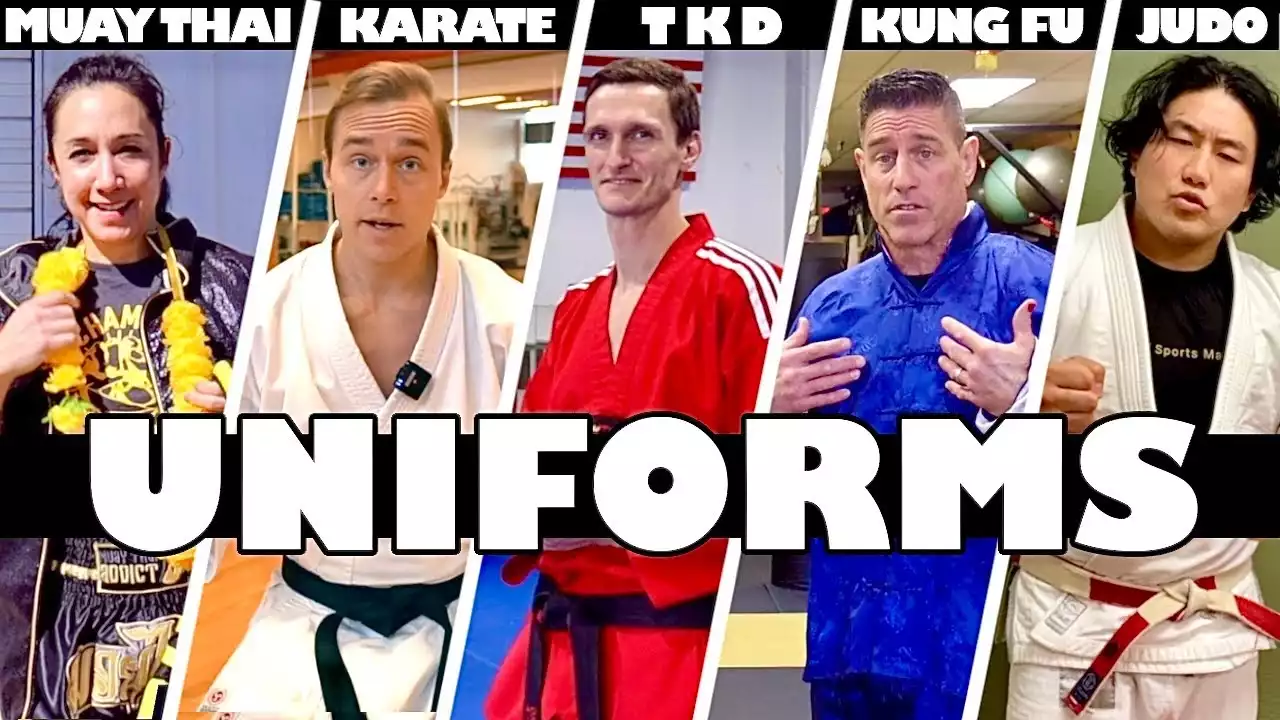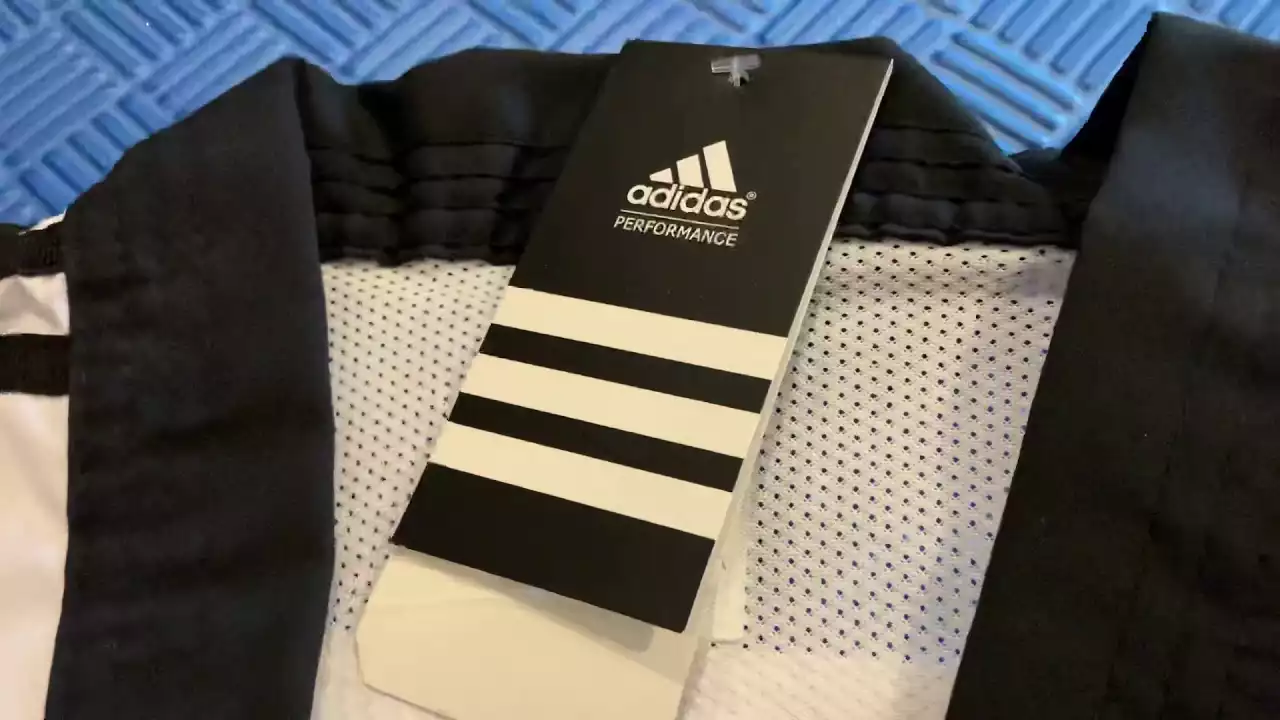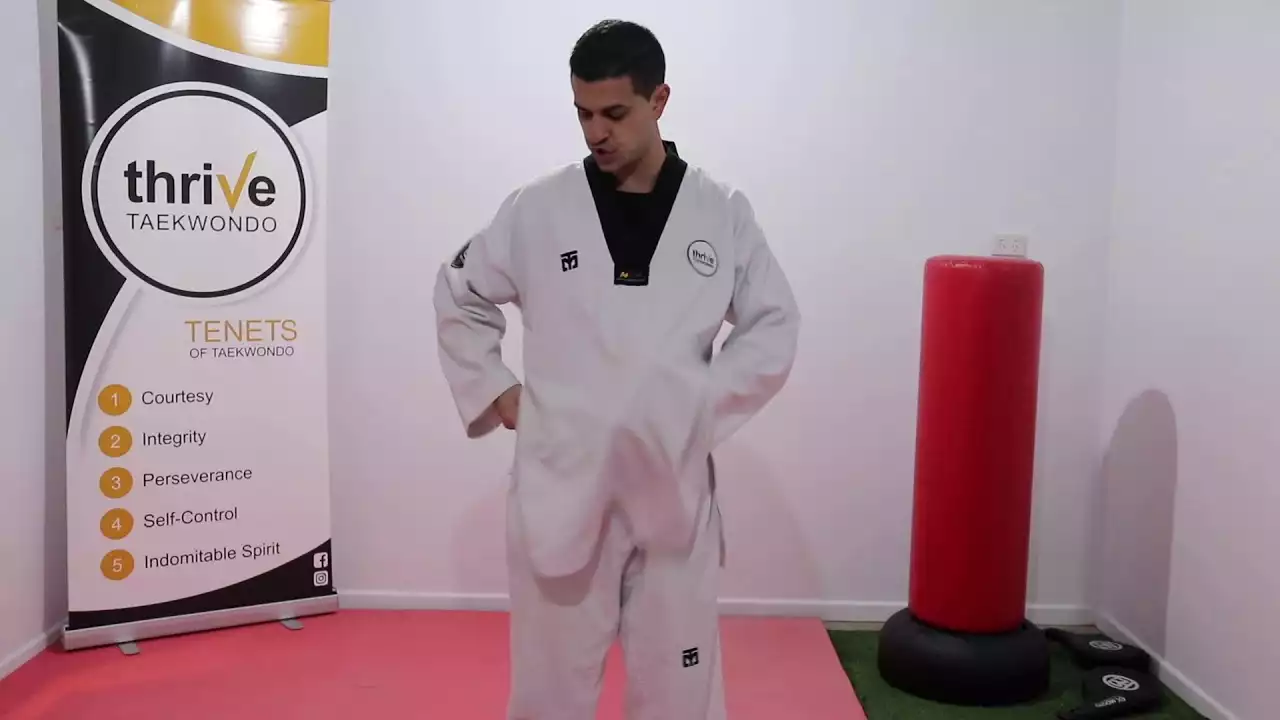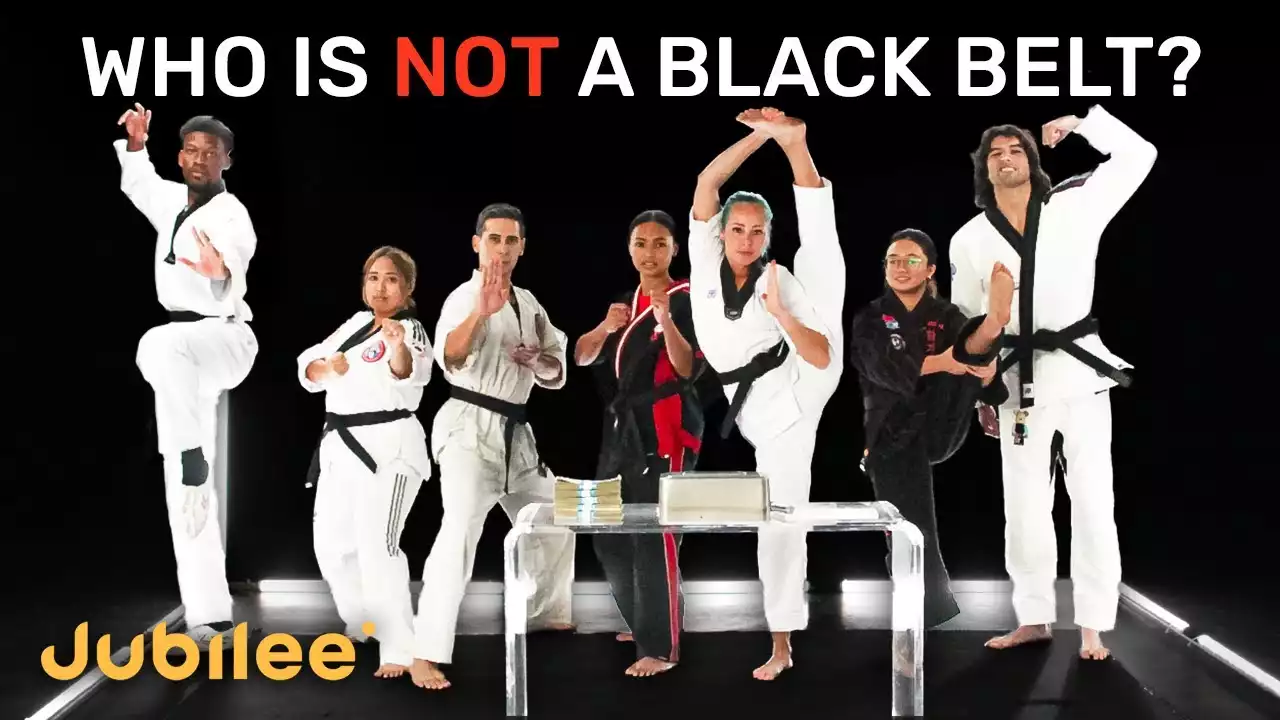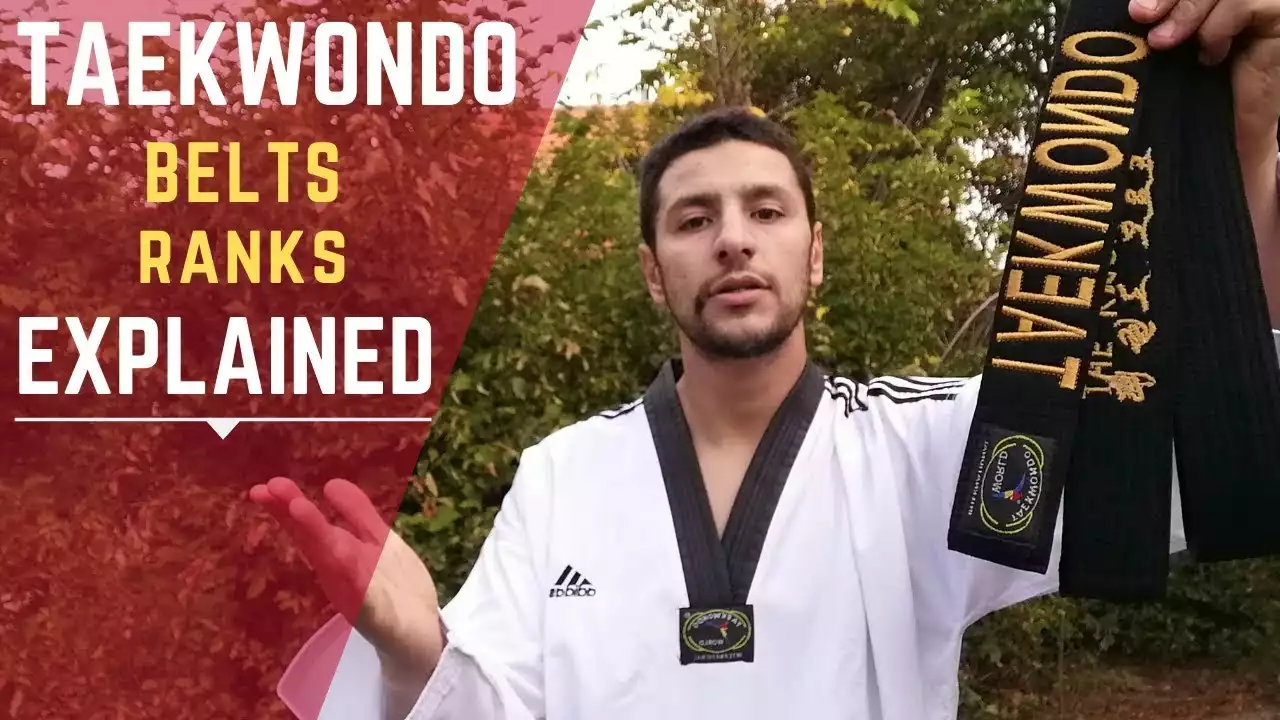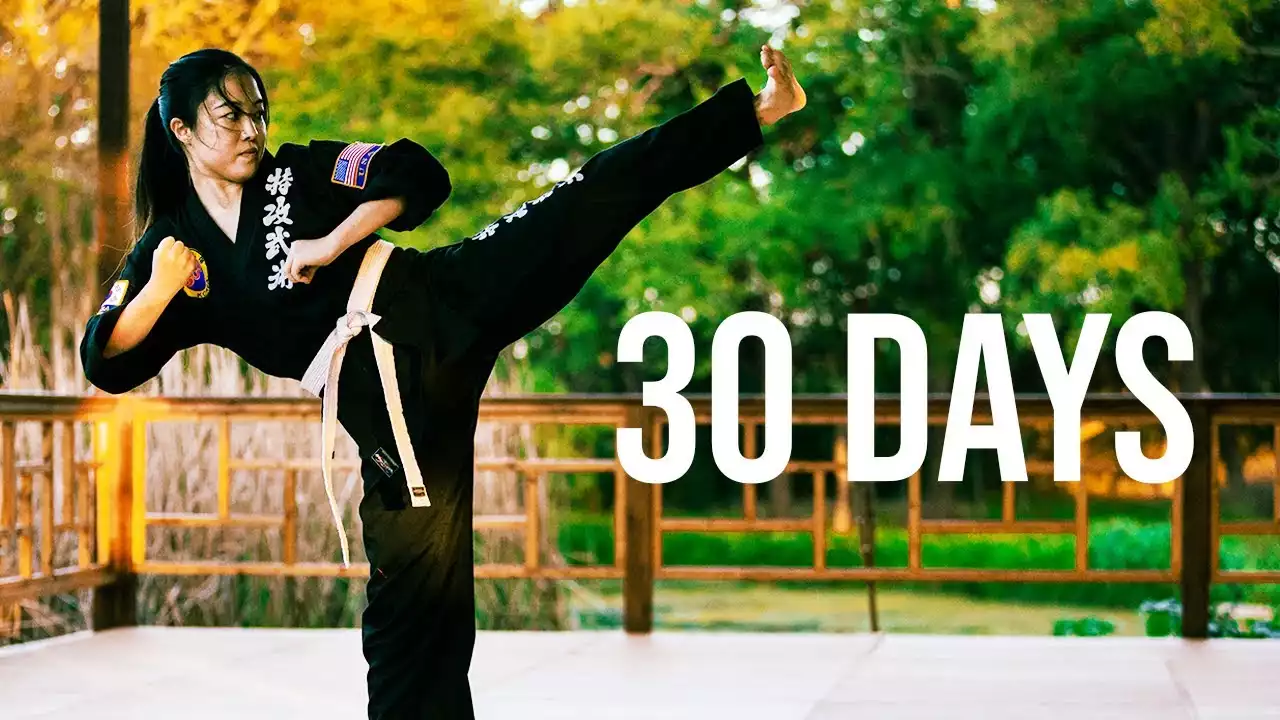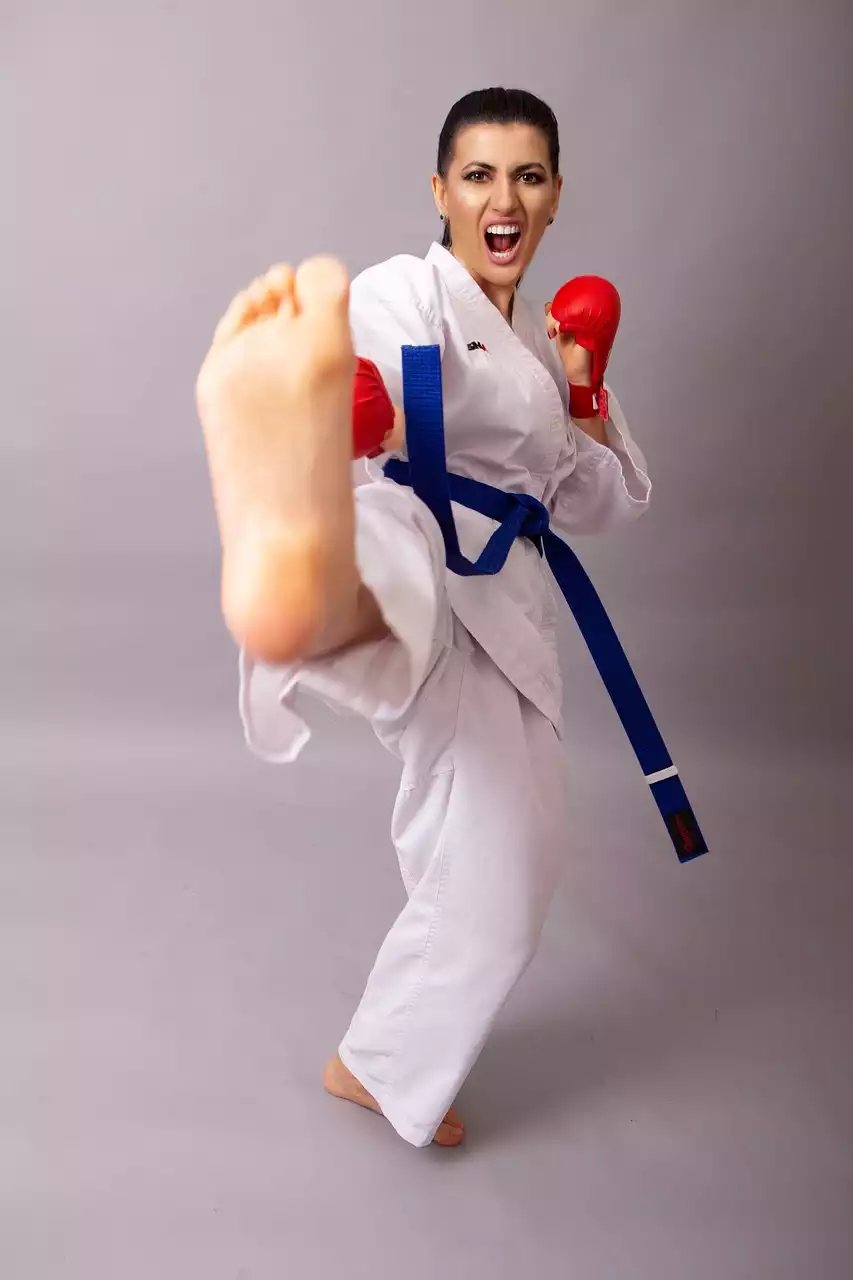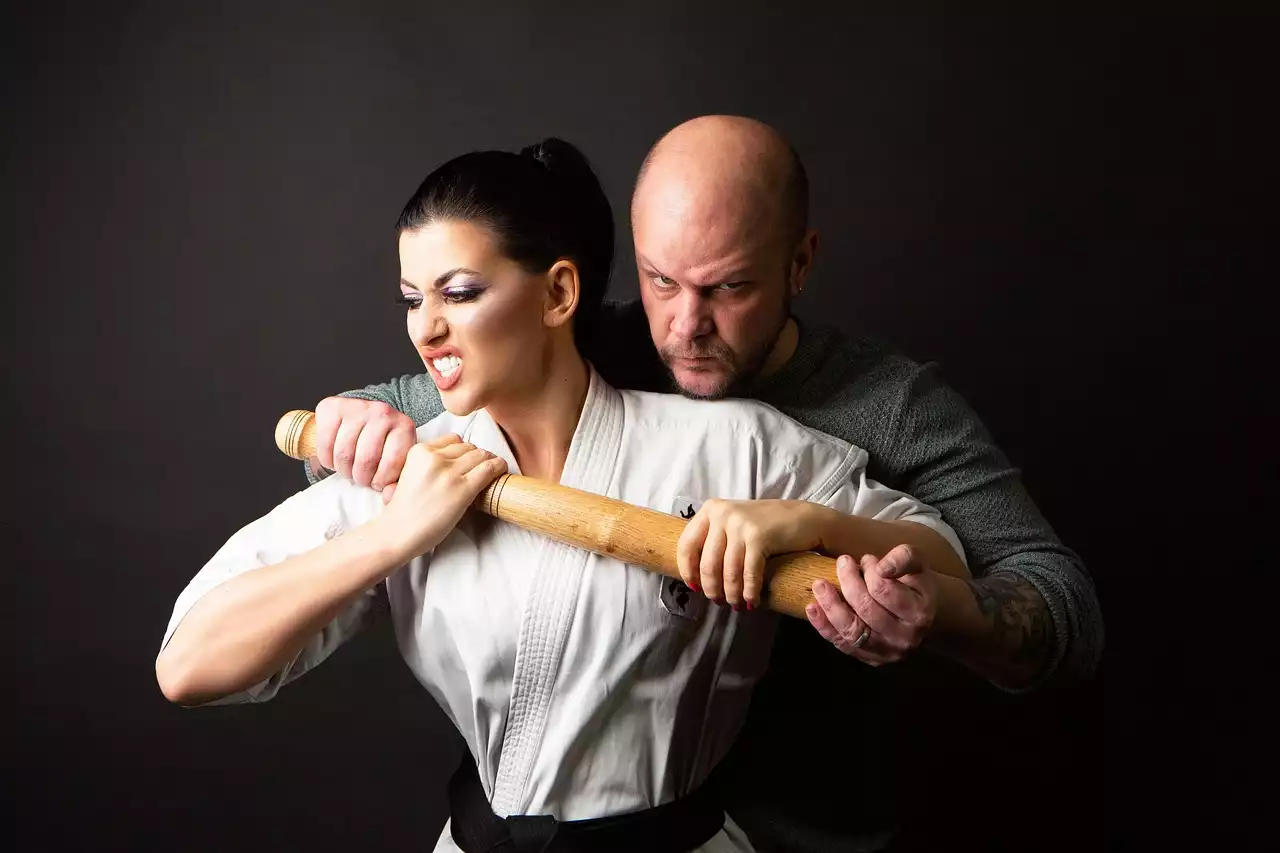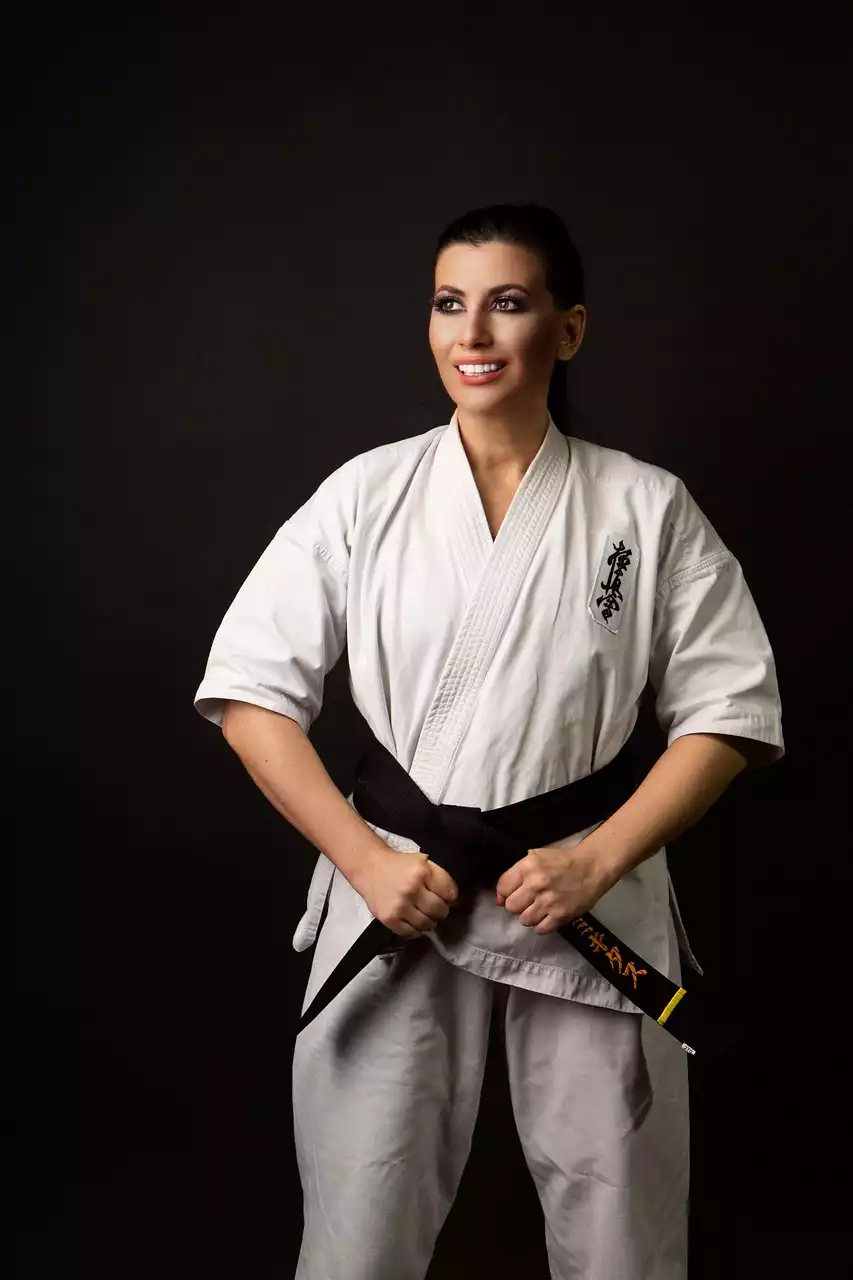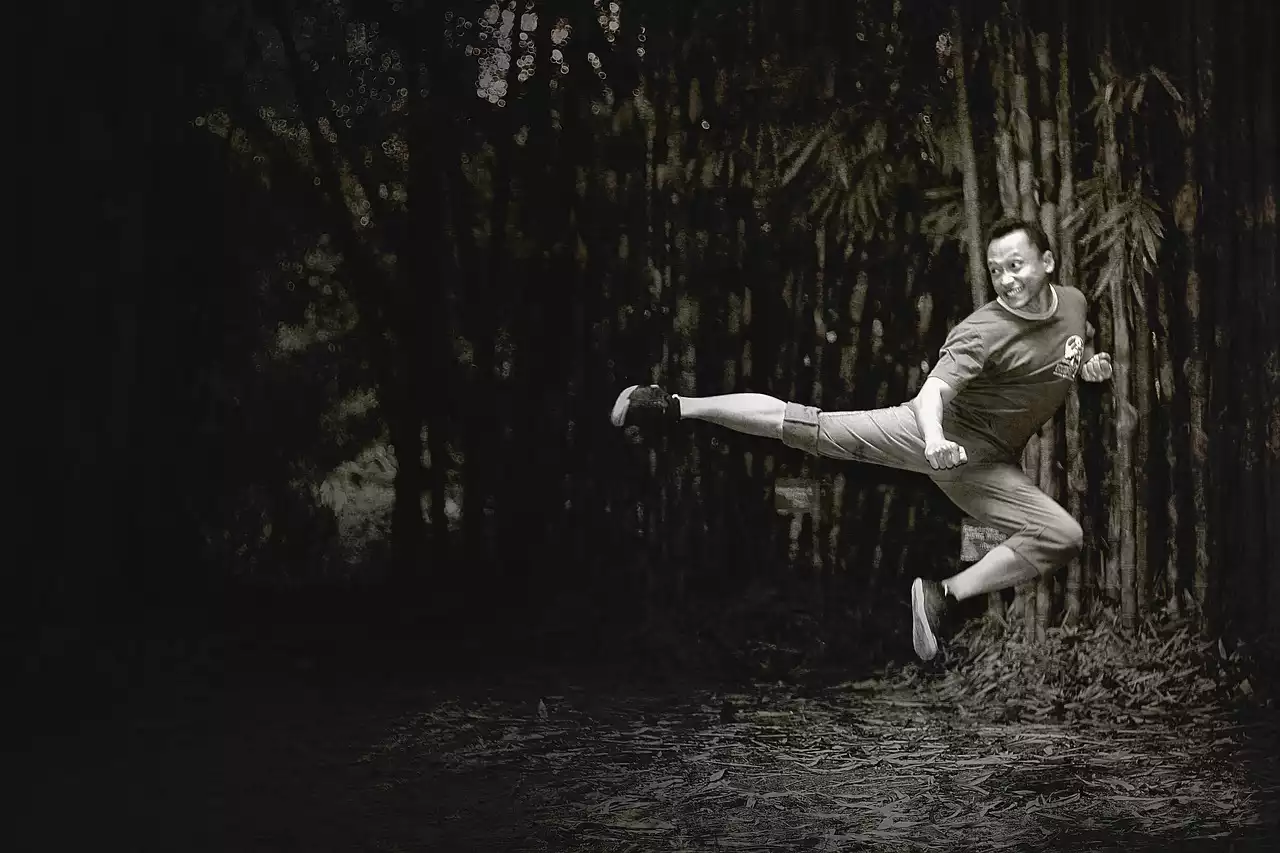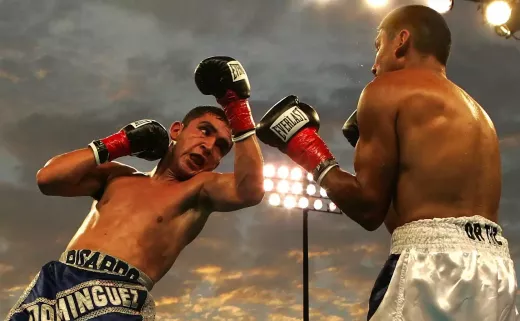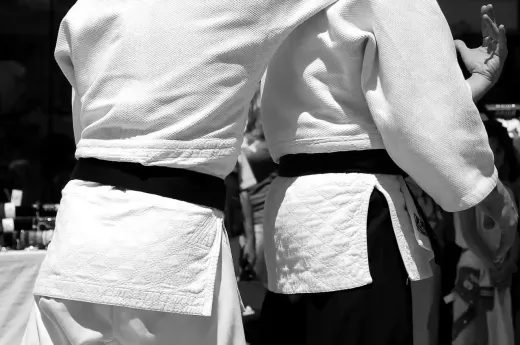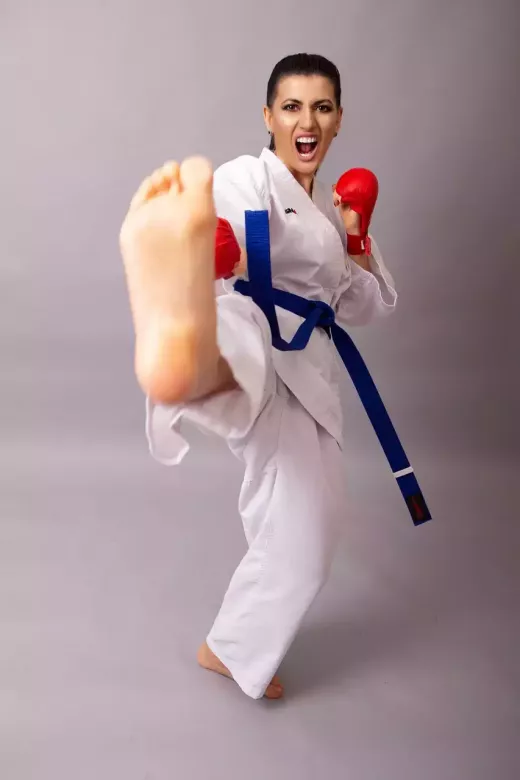Introduction
Taekwondo, the ancient Korean martial art, is not just a physical practice but a way of life. Every aspect of this discipline is infused with deep symbolism, including the uniforms worn by its practitioners. In this comprehensive guide, we unravel the hidden meanings behind every stitch in Taekwondo uniforms.
From the traditional dobok, also known as the "corresponding clothing," to the vibrant belts that signify rank and expertise, each element of the uniform carries significant symbolism rooted in the principles and values of Taekwondo. By understanding the hidden meanings behind these garments, practitioners can connect more deeply with the essence of this martial art.
Join us as we explore the intricate design details, colors, and ranks of Taekwondo uniforms, and discover the stories they tell. Whether you are a beginner, an enthusiast, or an instructor, this guide will deepen your appreciation for the rich heritage and traditions associated with Taekwondo uniforms.
Embark on a journey of symbolism, tradition, and elegance as we unveil the mysteries behind each stitch in the ultimate guide to Taekwondo uniforms.
The history and significance of Taekwondo uniforms
Taekwondo uniforms have a long and storied history that dates back centuries. The origins of the uniform can be traced back to the traditional attire worn by Korean warriors during battle. These garments were designed to provide ease of movement while offering protection to the wearer.
Over time, as Taekwondo evolved into a martial art focused on discipline, respect, and self-improvement, the uniforms also underwent transformations to reflect these values. The dobok, as we know it today, consists of a loose-fitting jacket and pants, often made from lightweight and breathable fabrics to enable swift movements.
The significance of Taekwondo uniforms lies in their ability to create a sense of unity and equality among practitioners. By wearing the same uniform, regardless of rank or expertise, individuals demonstrate their commitment to the principles of Taekwondo, emphasizing the importance of humility and respect.
The uniform also serves as a visual representation of the practitioner's journey and progress within Taekwondo. As individuals advance in rank, their uniforms may feature additional embellishments, such as stripes on the sleeves or different colored belts, signifying their increasing knowledge and skill.
Components of a Taekwondo uniform
A Taekwondo uniform consists of several key components that contribute to its overall design and functionality. These components include the jacket, pants, and belt.
The jacket, often referred to as the "jeogori," is typically made with a wrap-around design, secured with a belt. It is usually long-sleeved and may feature a V-neck or cross-over style. The jacket is designed to provide freedom of movement while maintaining a neat and professional appearance.
The pants, known as "baji," are loose-fitting and allow for a wide range of motion. They are often secured with an elastic waistband or drawstring, ensuring a comfortable fit during training sessions and competitions.
The belt, arguably the most recognizable component of a Taekwondo uniform, represents the practitioner's rank and progression within the martial art. Belts are typically color-coded, with each color denoting a specific level of expertise. From the beginner's white belt to the coveted black belt, each rank signifies the practitioner's dedication and mastery of Taekwondo techniques.
Understanding the different types of Taekwondo uniforms
While the standard dobok is the most commonly worn Taekwondo uniform, there are variations depending on the specific style or school of Taekwondo. These variations may include differences in design, fabric, or color.
One popular variation is the poomsae uniform, which is worn during forms or patterns practice. Poomsae uniforms often feature a more tailored fit, allowing for precise movements and showcasing the practitioner's technique. They may also incorporate unique design elements or embroidery to represent the practitioner's affiliation or school.
In contrast, the sparring uniform, also known as a sparring kit or competition dobok, is designed with durability and ease of movement in mind. These uniforms often have reinforced stitching and may be made from thicker fabrics to withstand the rigors of intense sparring sessions. They are typically white or red in color, depending on the practitioner's assigned role during competitions.
Comparing Martial Arts Styles UNIFORMS
Choosing the right Taekwondo uniform for your needs
When selecting a Taekwondo uniform, it is essential to consider your specific needs and preferences. Factors such as fabric, fit, and style can greatly impact your training experience and overall comfort.
For beginners, a lightweight and breathable dobok made from cotton or a cotton-polyester blend is an excellent choice. These fabrics are comfortable, easy to care for, and allow for freedom of movement during training sessions.
If you regularly participate in sparring or competitions, investing in a durable and high-quality sparring uniform is crucial. Look for reinforced stitching, double-layered fabric in critical areas, and a fit that allows for unrestricted movement.
Additionally, consider the design and color of the uniform. Some practitioners may prefer a traditional all-white dobok, while others may opt for uniforms with unique design elements or embroidered logos. Ultimately, choose a uniform that reflects your personal style and aligns with the values and traditions of Taekwondo.
The importance of proper uniform fit
A well-fitting Taekwondo uniform is essential for optimal performance and comfort during training sessions and competitions. Ill-fitting uniforms can restrict movement, cause discomfort, and hinder your ability to execute techniques correctly.
When determining the right size for your uniform, consider both height and weight measurements. Most uniform manufacturers provide sizing charts that can guide you in selecting the appropriate size based on these measurements.
The jacket should fit comfortably around the shoulders and chest, allowing for a full range of motion without excessive looseness. The pants should have a relaxed fit, with ample room in the waist and hips for ease of movement. Ensure that the pants are not too long, as this can lead to tripping or impede your footwork.
Remember, a properly fitting uniform not only enhances your training experience but also reflects your dedication and respect for the traditions of Taekwondo.
Proper care and maintenance of Taekwondo uniforms
To prolong the lifespan of your Taekwondo uniform and maintain its appearance, proper care and maintenance are essential.
After each training session, it is important to promptly wash your uniform to remove sweat and dirt. Follow the manufacturer's care instructions, typically found on the garment's label, to ensure that you are washing it at the appropriate temperature and using suitable detergents.
Avoid using bleach or harsh chemicals, as these can damage the fabric and cause discoloration. Additionally, refrain from using excessive heat when drying the uniform, as this can shrink or warp the fabric.
To prevent wrinkles, hang your uniform to dry or lay it flat on a clean surface. Ironing may be necessary to remove any stubborn wrinkles, but always use a low heat setting and avoid ironing directly on any embroidery or embellishments.
By caring for your Taekwondo uniform with diligence, you not only maintain its functionality and appearance but also demonstrate respect for the traditions and values associated with this martial art.
The symbolism behind the various stitches on a Taekwondo uniform
Every stitch on a Taekwondo uniform carries a unique symbolism, representing the values and principles of this martial art. Understanding the meaning behind these stitches can deepen your appreciation for the rich heritage and traditions associated with Taekwondo uniforms.
One of the most prominent stitches is the "kwon" symbol, which is often embroidered on the lapel of the jacket. This symbol represents the fist, signifying power and strength. It serves as a constant reminder to practitioners to approach their training with determination and focus.
Other common symbols found on Taekwondo uniforms include the "taegeuk" symbol, which represents balance and harmony, and the "hwarang" symbol, which symbolizes the spirit of chivalry and loyalty. These symbols are often intricately embroidered on the jacket or pants, serving as a visual representation of the principles and values upheld by Taekwondo practitioners.
Additionally, the number of stripes or bars on the sleeves of the jacket may indicate the practitioner's rank or level of expertise. Each stripe represents a certain level of accomplishment, motivating individuals to strive for continuous improvement and growth within Taekwondo.
How to embroider your own Taekwondo uniform
Adding personal touches to your Taekwondo uniform through embroidery can be a meaningful way to express your individuality and dedication to the martial art. Embroidering your name, school logo, or symbols of significance can create a unique and personalized uniform.
Before starting any embroidery, it is essential to gather the necessary materials, including embroidery thread, needles, and embroidery hoop. Select high-quality thread that matches the color scheme of your uniform and ensure that the needles are appropriate for the fabric.
Plan out the design and placement of your embroidery carefully. Consider the size, font style, and positioning to ensure a professional and visually appealing result. If you are uncertain about your embroidery skills, it may be beneficial to seek guidance from an experienced embroiderer or professional.
Take your time and work with precision, ensuring that each stitch is neat and secure. Once you have completed the embroidery, gently remove any excess stabilizer or thread residue, and carefully inspect the uniform for any loose threads or imperfections.
Embroidering your own Taekwondo uniform is a rewarding process that allows you to infuse your personal touch into your training attire. It serves as a reminder of your commitment to the martial art and the journey you are undertaking.
Conclusion: Embracing the tradition and pride of Taekwondo uniforms
Taekwondo uniforms are more than just garments worn during training or competitions. They embody the rich history, traditions, and values of this ancient martial art. Each stitch, design detail, and symbol tells a story, reflecting the deep-rooted principles that guide Taekwondo practitioners.
By understanding the history, components, and symbolism behind Taekwondo uniforms, practitioners can develop a deeper connection with the essence of this martial art. Whether you are a beginner, an enthusiast, or an instructor, this ultimate guide to Taekwondo uniforms aims to enhance your appreciation for the meaning and significance woven into every thread.
As you embark on your journey within Taekwondo, embrace the tradition and pride associated with your uniform. Wear it with reverence, knowing that it represents not only your own dedication and growth but also the legacy of countless martial artists who have come before you.
Embark on a journey of symbolism, tradition, and elegance as you unveil the mysteries behind each stitch in the ultimate guide to Taekwondo uniforms.
